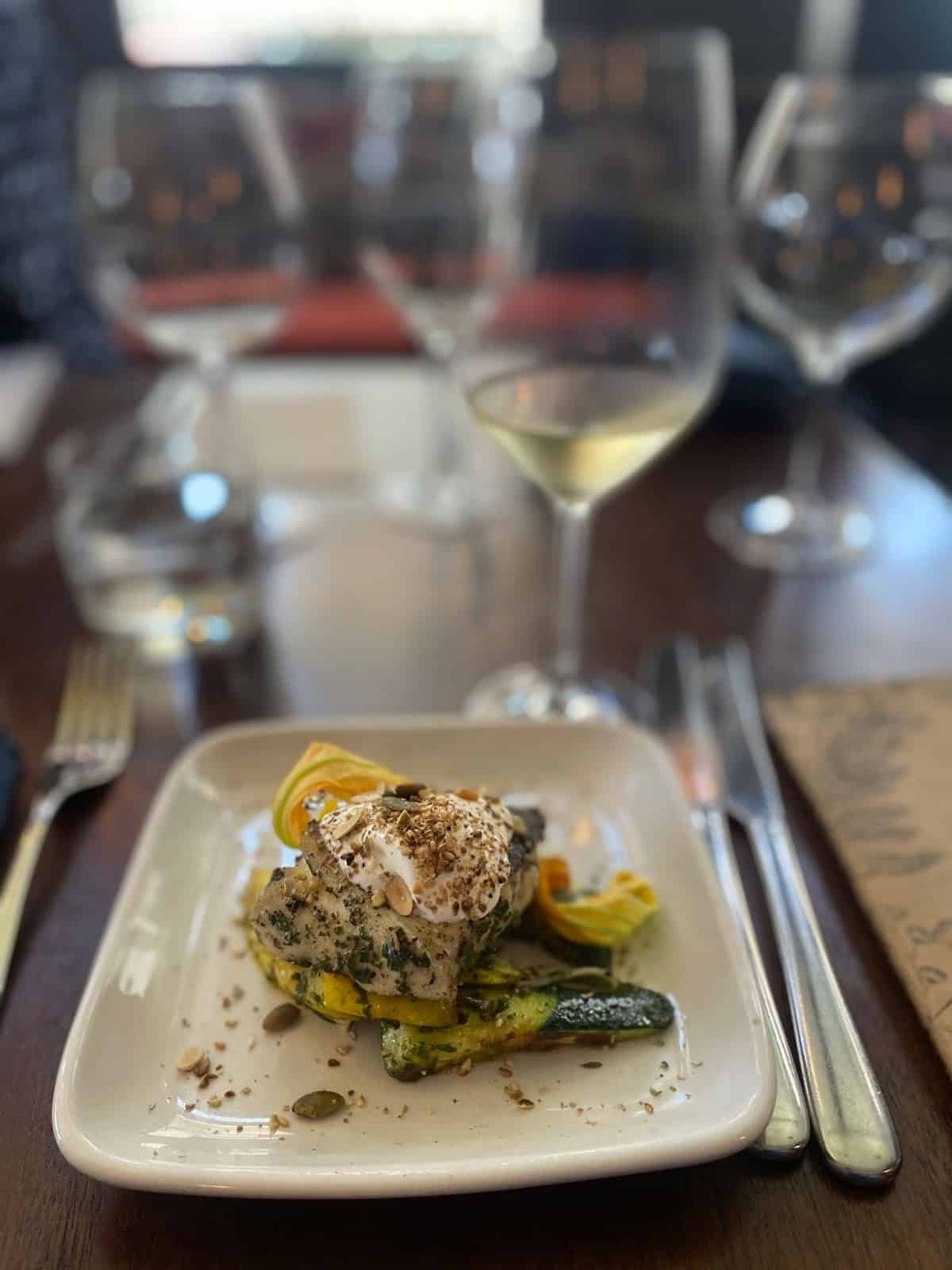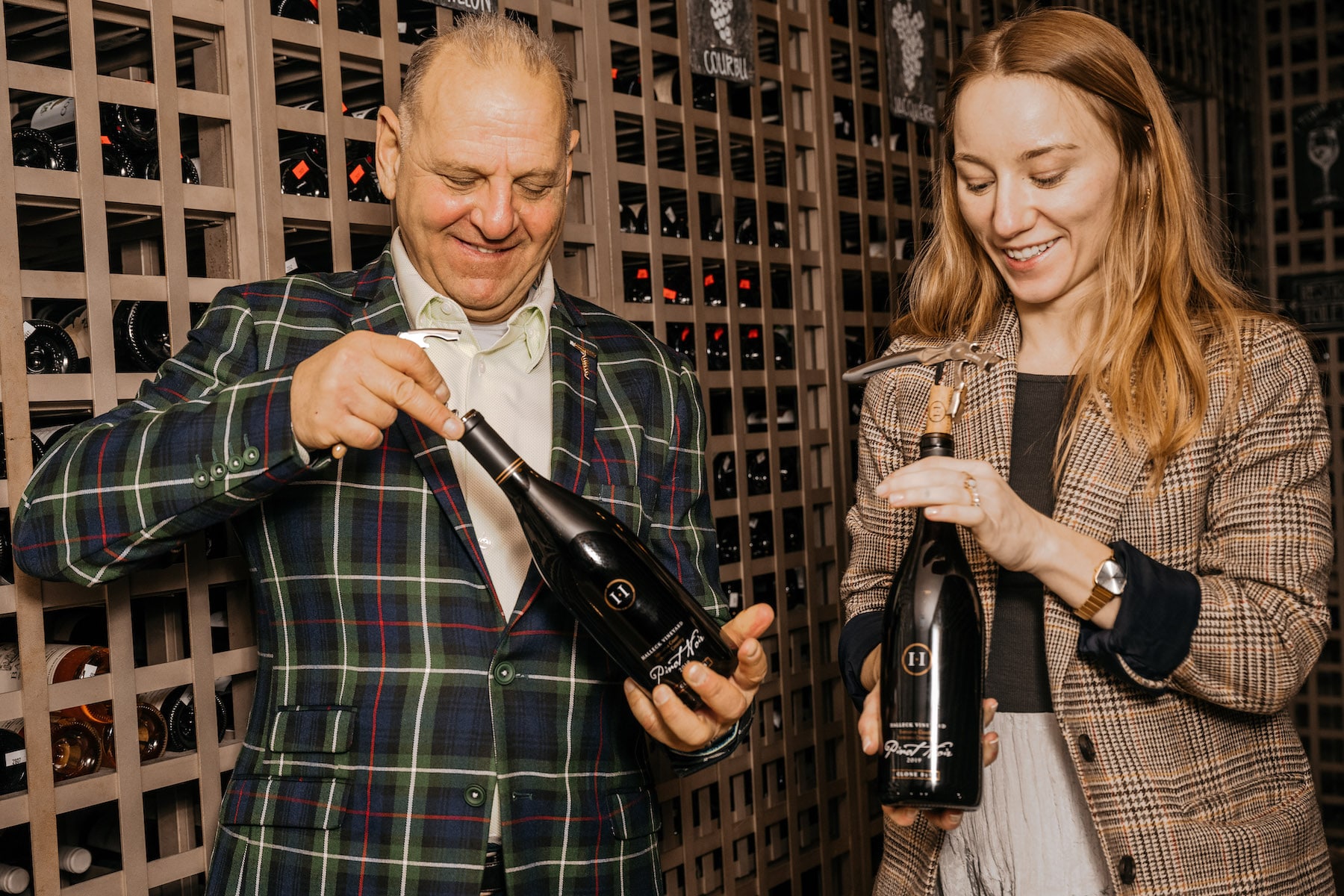Wineries In The Heart Of Sonoma County Wine Region - Sebastopol Area Wineries Offering Wine
Wineries In The Heart Of Sonoma County Wine Region - Sebastopol Area Wineries Offering Wine
Blog Article
Wineries That Welcome Walk Ins - Wineries In The Sebastopol Region
Wine tasting has been a cherished tradition for centuries, with roots deeply intertwined in numerous cultural practices. The journey of winery wine tasting traditions reveals a rich tapestry of history, social customs, and regional influences which have formed how wine is appreciated at present.

The origins of wine tasting could be traced back to ancient civilizations, notably in areas corresponding to Mesopotamia, Egypt, and Greece. These early societies placed significant importance on wine, both for its social and spiritual implications. In ancient Greece, wine was not only a beverage; it was a vital part of spiritual ceremonies and festivals, typically dedicated to Dionysus, the god of wine and fertility. These celebrations involved communal drinking, the place the quality of wine was discussed and debated, serving as an early type of wine tasting.
As the centuries progressed, the Romans additional developed wine culture. They introduced varied techniques for viticulture and winemaking, and their appreciation for wine led to the institution of numerous vineyards throughout their empire. Wine grew to become an integral part of social life, and lavish banquets have been organized the place different wines were sampled, allowing patrons to debate traits corresponding to taste and aroma (Wineries That Host Harvest Festivals).
During the Center Ages, wine continued to play a crucial role, especially inside monasteries the place monks grew to become the guardians of winemaking. They meticulously cultivated vineyards and produced wine for both non secular sacraments and native consumption. These religious institutions were pivotal in the preservation of viticultural information. Wine tasting throughout this era usually concerned easy evaluations at local gatherings, where it served as a means of fostering group.
Unique Wine And Food Pairings In Sonoma - Discovering Sebastopol's Wineries
The Renaissance marked a significant shift in wine tasting traditions. There was a revival of emphasis on the arts and sciences, and with this renewed curiosity came advancements within the understanding of wines. As aristocrats started to experiment with various flavors and styles, the practice of tasting wines turned extra refined. This era introduced in regards to the establishment of formal wine tastings, the place wines from different regions have been compared and contrasted, highlighting terroir—the unique characteristics derived from a particular geographical space.
In the 18th century, wine tasting started to evolve right into a more structured practice. The emergence of wine enthusiasts and connoisseurs led to the creation of organized events centered round wine tasting. As totally different wine regions in Europe developed their distinctive identities, tasting turned the key to understanding these differences. Outstanding figures began to publish guides and evaluations, documenting the intricacies of wine from particular vineyards.
The 19th century launched scientific advancements that transformed the wine business. Techniques such as cork closure and bottle getting older revolutionized the way in which wine could presumably be saved and enjoyed. This interval also marked the rise of the wine critic and the importance of expert opinions. Wine tastings became extra targeted on professional evaluations, with distinctive methodologies rising to assess high quality.
Best Pinot Noir Wineries In Sebastopol - Vineyard Experiences In Sonoma
In the Usa, notably during the late twentieth century, winery wine tasting traditions took on a model new dimension. The California wine business emerged as a formidable player on the worldwide stage, primarily because of the Napa Valley's development. The Judgement of Paris wine tasting in 1976 served as a pivotal second, putting American wines on the map and prompting a surge in interest in wine tourism. Vineyard excursions and tastings grew to become commonplace, allowing visitors to discover not only the wines but also the intricacies of the winemaking course of.
Wine tasting has not remained static; it continues to adapt and evolve with changing consumer preferences. Right Now, there is an emphasis on experiential tastings, the place visitors are encouraged to work together not just with the wine but additionally with the surroundings in which it's produced. Many wineries offer a selection of tasting experiences that embrace food pairings, academic periods, and even immersive activities that highlight the agricultural practices behind wine manufacturing.

As international awareness of sustainable practices grows, many tasting traditions now incorporate ideas of sustainability and organic viticulture. Wineries that prioritize eco-friendly practices are more and more popular, and look what i found visitors typically hunt down tastings that replicate these values. Exploring the history behind winery wine tasting traditions illuminates not solely the evolution of tasting techniques but also the broader societal shifts that have influenced wine culture.
The rich sensory experience of wine tasting is deeply rooted in group and collaboration. Whether Or Not it's a informal gathering of associates or a proper tasting event, the act of savoring wine is commonly accompanied by storytelling and connection. These traditions foster not just an appreciation for the wine itself but also the relationships shaped around it.
Wine Tasting Tours In Russian River Valley - Luxury Wine Tasting In Sonoma County
In conclusion, exploring the history behind winery wine tasting traditions reveals an interesting interaction of culture, innovation, and social engagement. As wine continues to evolve, so too do the ways by which it's tasted and enjoyed. This historical journey not only highlights the significance of wine in human civilization but additionally sheds light on the ever-changing landscape of wine appreciation. The experiences we create around wine tastings will keep it up this wealthy legacy for generations to come back.
- The historical practice of wine tasting can be traced back to the Greeks and Romans, who held elaborate feasts to showcase their best vintages and point out social standing.
- In medieval Europe, monasteries grew to become key gamers in wine production and tasting, as monks refined techniques and established traditions that still influence wine tradition right now.
- The introduction of wine tasting events in England in the course of the 18th century marked a shift from private gatherings to public curiosity, leading to the first recorded wine tasting competition.
- The establishment of the French AOC (Appellation d'Origine Contrôlée) system within the Thirties formalized wine tasting practices, serving to to preserve regional identities and enhance the evaluation process.
- The Rise of the New World wine regions in the late 20th century expanded wine tasting traditions, bringing numerous styles and flavor profiles to international audiences, which reshaped shopper preferences.
- Wine tasting as an academic experience gained recognition within the Seventies, with sommelier programs and tasting workshops changing into important for hospitality professionals and wine enthusiasts.
- The evolution of sensory evaluation techniques has remodeled wine tasting, permitting tasters to scientifically assess the complexity of aromas and flavors, enhancing each appreciation and criticism.
- Know-how performs a big position right now, with apps and online platforms providing consumers access to tasting notes, ratings, and digital tasting events, democratizing the wine tasting experience.
- Cultural influences have diversified wine tasting traditions; as an example, some traditions incorporate food pairings and native customs, enriching the tasting experience throughout numerous regions.
- Sustainability has emerged as a focal point in modern wine tasting practices, with an emphasis on organic and biodynamic wines, reflecting consumers' increasing ecological consciousness.undefinedWhat is the origin of wine tasting traditions?
- Wineries Featuring Seasonal Wine Events In Sonoma
Wine tasting traditions date back hundreds of years to historic civilizations such as the Greeks and Romans, who celebrated wine not only as a beverage but also as a cultural and social experience. Over time, these practices developed, together with the event of vineyards and winemaking techniques, leading to the formal tasting events we see right now.
How have wine tasting practices modified over time?
Wineries That Offer Barrel Tastings - Best Winery In Sonoma For Quality Wine
Wine tasting practices have shifted from informal gatherings to structured events that emphasize training and appreciation. Initially, tastings have been about evaluating high quality quite than sensory enjoyment. Today, tastings usually embrace features of wine production, regional traits, and food pairings, making them more interactive and informative.
What is the importance of terroir in wine tasting?
Terroir refers back to the distinctive environmental circumstances affecting grape rising, including local weather, soil, and topography. This concept is crucial in wine tasting as it helps tasters respect how these factors influence the flavour profiles and characteristics of various wines, providing deeper insight into every wine's story.
Vintage Wine Tasting Experiences In Sebastopol - Wine Tasting In Sonoma County
Why are specific glasses beneficial for wine tasting?
Different types of wine glasses are designed to enhance the tasting experience - Wineries With River Views. Each glass form influences the aroma and flavor notion, helping to highlight the wine's finest qualities. The proper glass can elevate the sensory experience, permitting tasters to totally recognize the nuances of the wine.
Intimate Wine Tasting Experiences In Sonoma - Wineries Near Sebastopol For Tasting
What role does the winemaker play in wine tasting traditions?
The winemaker is crucial in shaping the wine's character and high quality. Their expertise in blending, fermentation, and growing older techniques instantly impacts the tasting experience. Many tastings embody reference alternatives to fulfill winemakers, providing insight into their philosophies and the inventive processes behind their wines.
Historical Wineries To Visit In Sonoma - Sonoma's Finest Wineries
How can I put together for a wine tasting visit?
To prepare for a wine tasting, familiarize your self with the winery's offerings and regional wines. Think About visiting their web site or studying about their grape varieties and manufacturing strategies. Additionally, it's helpful to have a basic understanding of wine tasting techniques, similar to tips on how to assess aroma, colour, and palate.
What should I anticipate throughout a winery wine tasting experience?
Wineries Offering Charcuterie And Wine Pairings - Wineries In The Sebastopol Region
Throughout a winery tasting, you possibly can expect a guided experience the place employees will present chosen wines, often together with particulars about their manufacturing and tasting notes. Tastings may also involve food pairings or discussions concerning the winery's history. It's an opportunity for each education and enjoyment in a relaxed environment.
Are there etiquette guidelines for wine tastings?
Sure, there are a quantity of etiquette tips to follow throughout wine tastings. It's advisable to arrive on time, hearken to the host, and be respectful of others. Spitting is suitable as it lets you take pleasure in multiple wines with out intoxication. Finally, asking questions and interesting with workers exhibits your interest and enhances the experience.
Wineries With Picnic Areas - Vines And Views In Sonoma Wine Country
What is the impression of cultural traditions on wine tasting?
Cultural traditions significantly shape wine tasting practices around the globe. Areas may incorporate local customs, rituals, or food pairings into their tastings, reflecting their heritage. This variety enriches the wine tasting experience by providing distinctive perspectives and insights into how wine plays a job in numerous cultures. Report this page